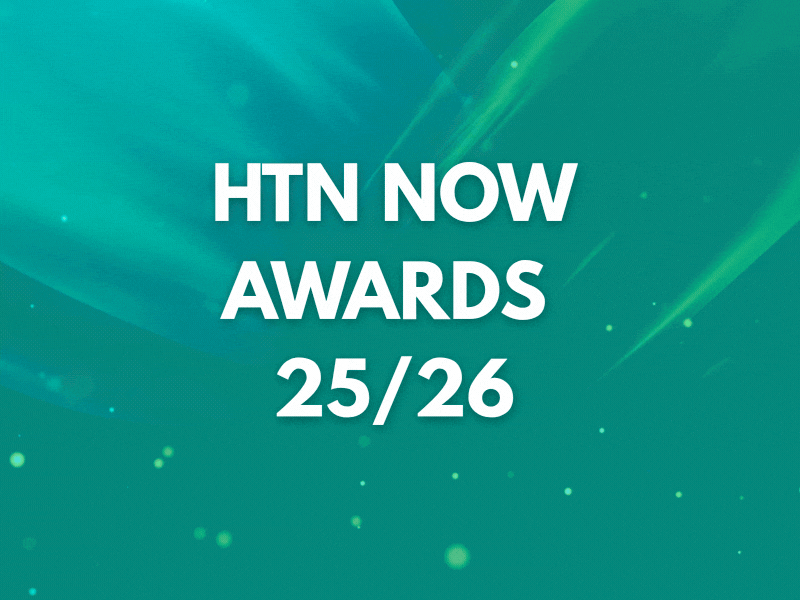Mersey Care NHS Foundation Trust has launched a communication campaign to share a collection of videos encouraging patients to help ease winter pressures by using the trust’s walk-in centre or urgent treatment centre for non-emergency cases.
There are five videos, covering topics such as when to visit the walk-in centre instead of A&E, where to find the nearest walk-in centre or urgent treatment centre and other information on how to support the trust during the winter months to “ease the demand” on emergency services.
“At this time of year there’s always pressure on the local health systems and by developing these videos, we will continue to play our part in helping to ease the demand on the busy A&E departments,” Lee McMenemy, Mersey Care’s divisional director for community care, said. “There’s even a video showing hints and tips to ensure everyone enjoys Halloween without any worrying incidents.”
The walk-in centre and urgent treatment centre services are used to provide care for a range of minor injuries and illnesses, as well as tending to rashes and allergic reactions, eye injuries, infections and minor burns and scalds. Last year, the service successfully offered “131,270 face-to-face appointments, with 97 percent of patients all seen and treated within four hours,” the trust stated.
This follows another recent update from Mersey Care NHS Foundation Trust, when they launched a digital support platform earlier this month with the aim to help young people with anorexia nervosa. The TRIANGLE platform, developed by Mersey Care’s Children’s Eating Disorder Service in partnership with Professor Janet Treasure at King’s College London and Informatics Merseyside, was created with input from clinicians, young people and their families. It offers a range of resources, including tailored workbooks, videos, and weekly online forums to support with recovery
Wider trend: Preparing for winter pressures across health and care
For a recent HTN Now webinar focusing on the role of digital in helping healthcare organisations to prepare for winter pressures, we were joined by expert panellists including Patrick Denston, PCN digital transformation and change manager at Frimley ICB; Jamie Griffin, head of commercial at Livi; and Lee Rickles, CIO at Humber Teaching Hospitals. The panel offered a range of practical insights and examples, highlighting successes and challenges in ongoing projects and discussing the role of virtual care in supporting patient journeys.
The Urgent and Emergency Care Plan for 2025/26 sets out seven priorities offering the “biggest impact” on UEC improvement over the coming winter, minimum requirements for system winter plans, and roles and responsibilities across NHSE, DHSC, trusts and ICBs. The seven areas of priority include ensuring Category 2 patients receive an ambulance within 30 minutes; a maximum ambulance handover time of 45 minutes; 78 percent of patients admitted, transferred or discharged within four hours; and tackling delays in patient waits once ready for discharge.





